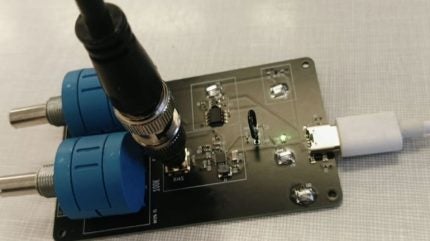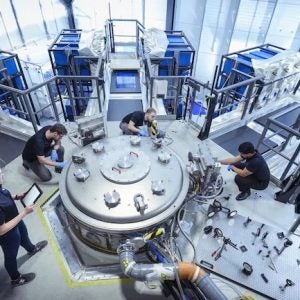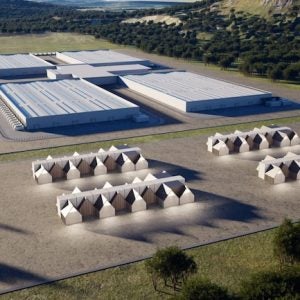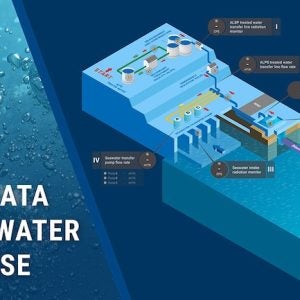
Researchers at the University of the West of Scotland (UWS) have developed an innovative radiation detector module. The LaBr3 (Ce) radiation detector development was led by Dr S Nara Singh Bondili. Due to improvements in radiation detection, portability and adaptability, the detector has a wide range of applications. These include within laboratory settings, clean energy, environmental radiation and medical research.
The detector will also be used at various premier laboratories such as CERN in advanced nuclear astrophysics setups, nuclear reaction and structure experiments. It enables measurements of elemental abundance puzzles, fundamental symmetries in physics and rare features observed in nuclei that were previously not possible.
The detector was a result of a worldwide collaboration funded by the Science & Technology Facilities Council’s (STFC’s) UK Nuclear Data Network, the Royal Society of Edinburgh and a STFC consolidated grant. A prototype of the detector was constructed in 2021 and was further developed recently in collaboration with the University of York.
“This is the first prototype of its kind, and to our knowledge, it hasn’t been constructed anywhere else,” said Dr Bondili. “It’s exciting to see something created in our labs contributing to research into fundamental physics and the nuclear technologies of tomorrow.” UWS undergraduates now work with the detector in the newly launched Detectors and Nuclear Lab Skills module, gaining practical experience that supports careers in nuclear science and energy.






